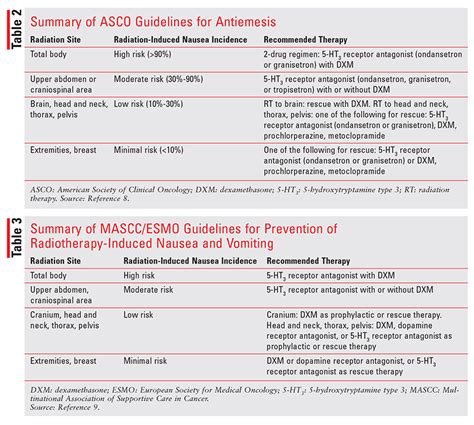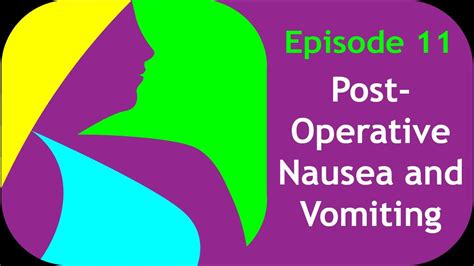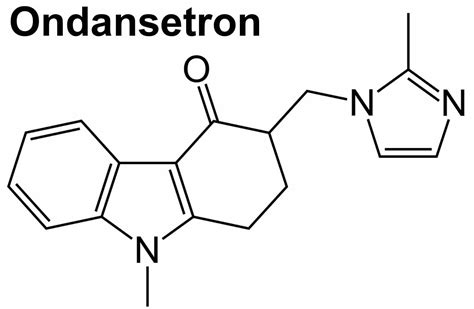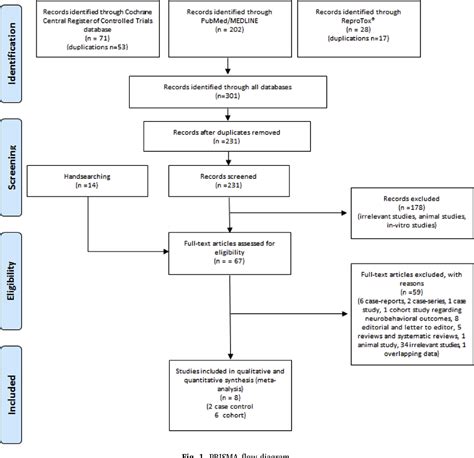Intro
Ondansetron, a medication commonly known by its brand name Zofran, is a highly effective antiemetic used to prevent nausea and vomiting caused by various medical conditions and treatments. The 4mg dosage of Ondansetron is one of the most frequently prescribed strengths, offering a balance between efficacy and safety for a wide range of patients. Understanding the uses of 4mg Ondansetron is crucial for both healthcare professionals and patients to ensure its safe and effective use.
The importance of managing nausea and vomiting cannot be overstated, as these symptoms can lead to dehydration, electrolyte imbalances, and a significant decrease in the quality of life. Ondansetron works by blocking the action of serotonin, a natural substance that may cause nausea and vomiting. Its mechanism of action, specificity, and relatively favorable side effect profile make it a preferred choice in many clinical scenarios.
As we delve into the specifics of 4mg Ondansetron uses, it's essential to consider the broad categories of its applications, including the prevention of nausea and vomiting induced by chemotherapy, radiation therapy, and surgery. Each of these areas presents unique challenges in terms of symptom management, and the flexibility of Ondansetron dosing, including the 4mg formulation, allows for tailored treatment plans that meet the individual needs of patients.
Prevention of Chemotherapy-Induced Nausea and Vomiting

Radiation Therapy-Induced Nausea and Vomiting

Prevention of Postoperative Nausea and Vomiting

Benefits of 4mg Ondansetron
The benefits of using the 4mg formulation of Ondansetron include its ease of administration, either orally or intravenously, depending on the patient's condition and preferences. This flexibility, combined with its proven efficacy and safety profile, makes it an attractive option for a broad spectrum of clinical scenarios.Working Mechanism of Ondansetron

Steps for Administration
For patients taking 4mg Ondansetron, it is essential to follow the prescribed administration schedule, which may vary depending on the indication for use. For chemotherapy-induced nausea and vomiting, for example, Ondansetron is typically administered 30 minutes before the start of chemotherapy, with additional doses as needed. For postoperative nausea and vomiting, a single dose may be given before the end of surgery.Practical Examples and Statistical Data

Common Side Effects
While generally well-tolerated, 4mg Ondansetron can cause side effects, including headache, dizziness, constipation, and diarrhea. These side effects are usually mild and transient, resolving on their own without the need for medical intervention. However, in rare cases, more serious side effects can occur, emphasizing the importance of close monitoring and patient education.SEO Optimization and Readability

Conclusion and Future Directions
In conclusion, the 4mg dosage of Ondansetron plays a vital role in the management of nausea and vomiting across various medical conditions. Its efficacy, safety, and flexibility make it a cornerstone in the prevention of chemotherapy-induced, radiation-induced, and postoperative nausea and vomiting. As research continues to uncover new aspects of Ondansetron's pharmacology and clinical applications, its role in improving patient outcomes is likely to expand, offering hope for better symptom management and enhanced quality of life for those affected by these distressing symptoms.We invite readers to share their thoughts and experiences with 4mg Ondansetron, either by commenting below or sharing this article with others who might benefit from this information. Your engagement and feedback are invaluable in creating a supportive community and advancing our understanding of effective nausea and vomiting management strategies.
What is the primary use of 4mg Ondansetron?
+The primary use of 4mg Ondansetron is to prevent nausea and vomiting caused by chemotherapy, radiation therapy, and surgery.
How does Ondansetron work?
+Ondansetron works by blocking the action of serotonin, a natural substance that may cause nausea and vomiting, at the 5-HT3 receptors.
What are common side effects of 4mg Ondansetron?
+Common side effects include headache, dizziness, constipation, and diarrhea. These are usually mild and transient.
